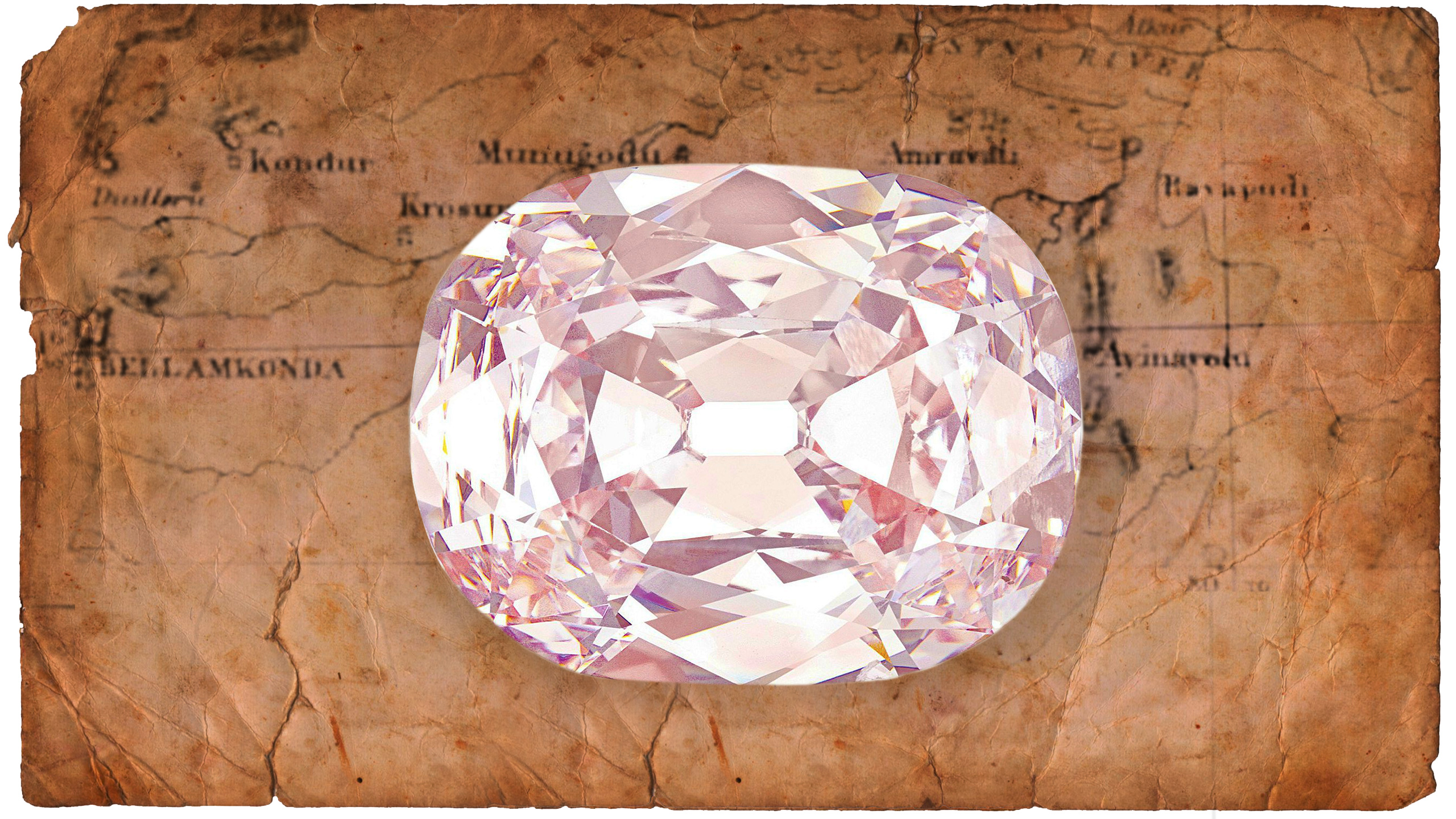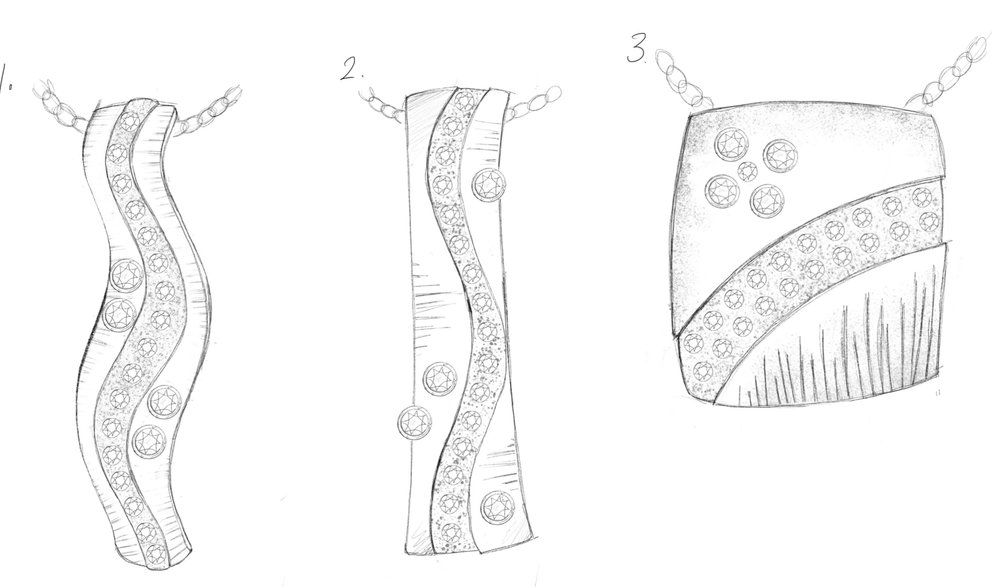Feeling out of touch? TikTok and Gen Z have completely changed the way trends work
There has long been a rule in fashion that declares all popular styles must go from being trendy to outdated to trendy again over the course of 20 years. The so-called “20-year rule” controlled the trend cycle for decades — until TikTok took over.
Since the COVID-19 pandemic began and TikTok usage increased 180% among 15- to 25-year-olds, we’ve seen fashion from the 60s, the 70s, the 80s, the 90s, Y2K and the 2010s “Tumblr era” come back in style. Those are a lot of trends to cram into a measly two-year period.
On TikTok, all it takes is one or two viral posts flaunting a certain aesthetic for the style to become a “microtrend,” or an intensely popular clothing item that people feel they must have. Microtrends only last a few weeks or months before going out of style again.
Over the course of 2021 alone, media outlets have covered dozens of fashion trends that began on TikTok, from buying massive “hauls” of cheaply made (and questionably sourced) clothing from fast fashion shops to thrift flipping to the “goblincore” aesthetic.
A single post from a creator with a few thousand followers at the time introduced society to the concept of “cheugy,” which is used to describe items that are roughly five years out of style.
“Cheugy” immediately garnered passionate reactions. Some thought of it as a helpful way to describe things like gladiator sandals and Vineyard Vines shirts, but others felt it was another way to shame people who weren’t interested in microtrends or able to keep up with them.
Of course, things that are considered cheugy now could be popular in just a few months, as the trend cycle moves much faster now than it used to five years ago when the quintessential “cheugy” items were popular.
If one micro-influencer’s post about a made-up word can shape how we look at the very concept of trendiness, it’s no wonder that all it takes is a couple million views to spark a complete buyout of a microtrend.
When certain beauty products or clothing items go viral, they sell out quickly. When styles become popular, people rush to buy them en masse, like the Amazon butt-lift leggings, Selkie dresses and L’Oreal foundation.
According to data that online personal styling service Stitch Fix provided to In The Know, TikTok trends directly affect the items clients request from them. In the past year alone, requests mentioning TikTok have increased 75% and included mentions of trends such as Y2K, Cottagecore and Dark Academia.
The Stitch Fix team told In The Know that “relationship-based shopping” plays a huge part in what people want to wear. A whopping 92% of consumers say they trust others’ opinions on what looks good on them — with TikTok, they’re just getting that information from a hyper-personalized algorithm instead of a professional stylist.
Because TikTok’s algorithm can make a style video from literally anyone become popular, people with small followings can unintentionally begin to shape the way millions of people dress and spend their money. All it takes is one media outlet shedding light on a viral post for it to leave that side of TikTok and become accessible to the world.
For instance, TikTok posts about how members of Gen Z judge Millennials for loving skinny jeans in March 2021 actually led to a shift in what kind of pants people buy. Data from Stitch Fix showed a 12% monthly decline in requests for skinny jeans, but wide-leg jeans requests increased 54%.
A handful of trend forecasters have earned quite the following on TikTok because when their posts go viral, they get picked up by media outlets. Members of their audience react — sometimes positively and sometimes with pure outrage — and suddenly, even if their trend was outlandish and unlikely to come together organically, everyone is talking about it. It’s a self-fulfilling prophecy.
If trend forecasters on TikTok are to be trusted, 2022 will be the year of indie sleaze, avant apocalypse, hyper Gen Z and the new space age. Even experts outside the app anticipate that the next year will be one filled with maximalism, excess and many hyper-specific aesthetics.
So, why does TikTok have so much influence over the trend cycle, the fashion industry and our personal spending habits?
For one, the app has more than a billion users. Its reach and its personalized nature make what is viral on TikTok seem like it is ubiquitous.
Vanessa Craft, head of content partnerships at TikTok, told Refinery29 that part of its appeal is that the app tends to have more relatable content than others.
“TikTok offers an unfiltered and authentic approach to fashion,” she said. “I view other platforms as places to share a highlight reel of your life, whereas TikTok is where people go to be themselves and to find a community of other people like them.”
According to Afterpay’s latest Bi-Annual Fashion and Beauty Trend Report, younger generations of shoppers channel looks from their favorite influencers who they look up to personally. Mimicking the style of characters who have traits that we admire is called the “chameleon effect.”
This applies to TikTokers, too. Increased access to influencers — ones you follow and ones that TIkTok’s algorithm decides you might like — means you’ll have a lot of ever-changing trends to adhere to.
Zanna Roberts Rassi, Afterpay brand ambassador and MILK Makeup founder, told In The Know that beauty trends are ever-changing for younger generations.
“Beauty is a huge form of self-expression for Gen Z consumers, especially as their generation wants nothing more than to be understood and appreciated,” she said. “Therefore we should always expect trends to change.”
In an essay for Vox, Rebecca Jennings wrote that many of the TikTok trends of 2021 were “entirely meaningless fads: blips on the radar lasting only for a moment but just long enough to obscure some larger, more important picture.” They begin as “inconsequential” posts that evolve into “inconsequential” articles then suddenly seem to be “more consequential than anything else that day.”
The same goes for style trends. One seemingly random person posts about a certain style, a couple of people pick it up, then suddenly it’s everywhere and you have to have it. But then you have it, and so does everyone else, so you’re uncool. The must-have-to-basic pipeline is shorter than ever before.
How do we fix a trend cycle that moves too fast for anyone to keep up with it? Maybe by renting things so you can get rid of them the second they become uncool. Maybe by logging off, touching grass and developing a sense of style that transcends trends. Or maybe it’s just hopping on board of the trend cycle and holding on for dear life until it moves so fast it collapses on itself and explodes like a dying star.
In The Know cover star Storm Reid reflects on being a ‘student of life’
If you enjoyed this story, read more about how to keep up with trends ethically.
More from In The Know:
These fall thrifting trends are blowing up on social media
Thrifter turns $5 wrap skirt into 3 outfits without sewing a thing
What is avant-basic? Funky statement pieces are now commonplace in fashion
Young changemakers are making sustainable fashion trendier — and more accessible than ever
The post How TikTok has changed the way fashion trends work appeared first on In The Know.







